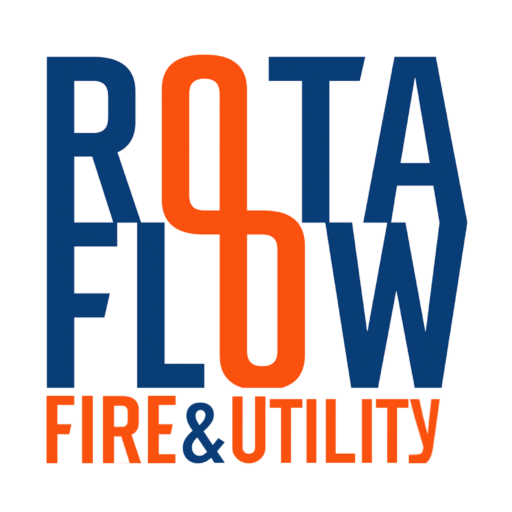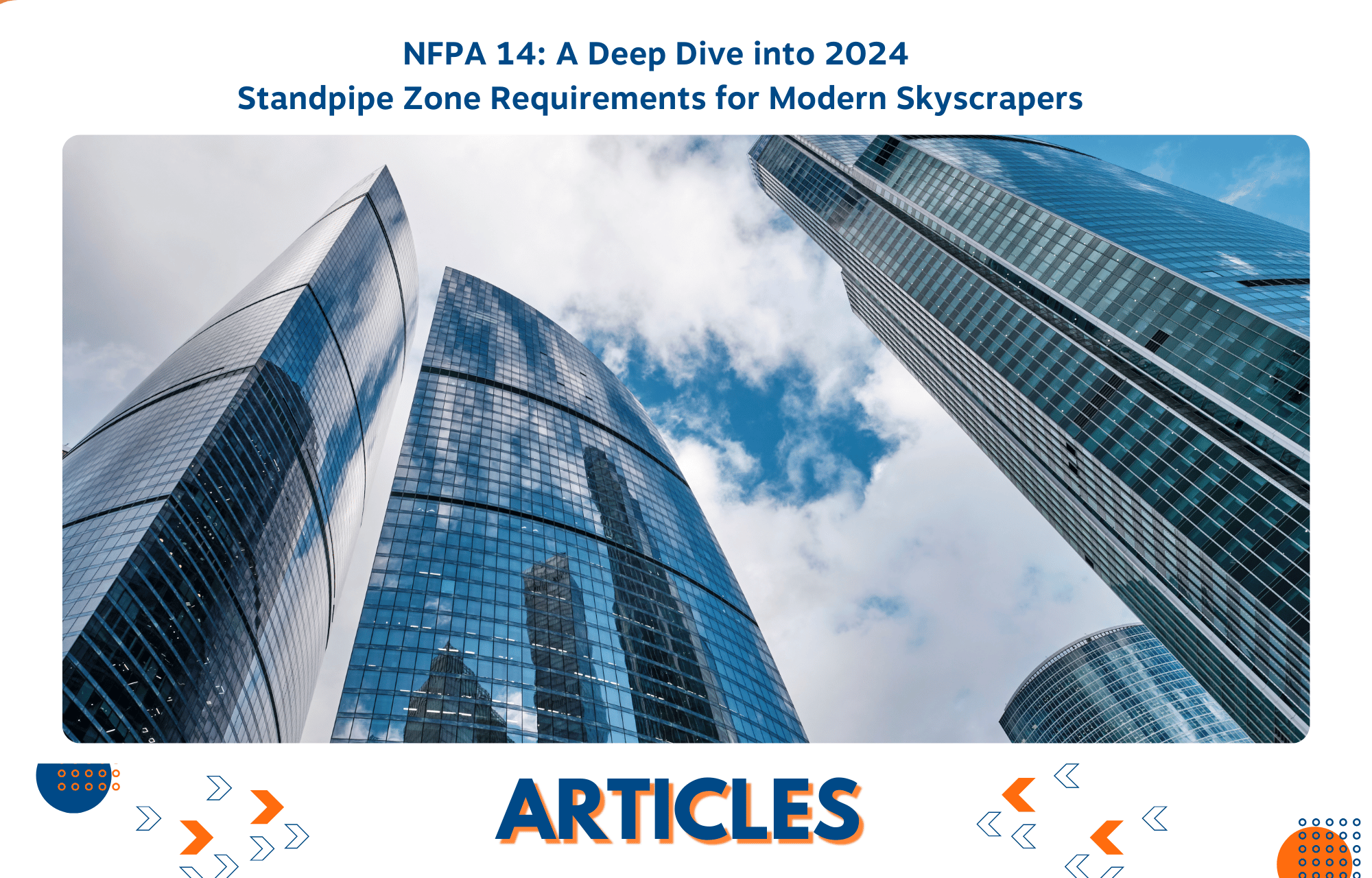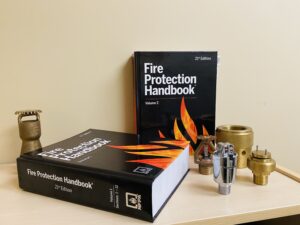Vertical standpipe system zones in high-rise structures reflect the continuous quest of fire safety. From the groundbreaking structural breakthroughs allowing skyscraper building to the sad lessons learnt from the One Meridian Plaza fire, the NFPA 14 standard has changed significantly. Examining the important improvements in the NFPA 14 Standard for the Installation of Standpipe and Hose Systems, this blog article traces the path from vague guidance to the clear, prescriptive standards of the 2024 edition. We will discuss how knowledge of pressure management and zone redundancy has changed, especially in view of the difficulties presented by ever-taller buildings and the restrictions of fire department pumping capacity.
Vertical Standpipe System Zones
Prior to the 1970s, a building’s height was limited by the building construction practices of the time. It wasn’t until Fazlur Rahman Khan, regarded as one of the best structural engineers of the twentieth century, introduced tube structural systems, which enabled designs to exceed what was previously thought possible. He pioneered these approaches by erecting the Willis Tower (Sears Tower), which was the tallest skyscraper in 1973 at 110 stories (1,451 ft). For the following 25 years, the Willis Tower remained the highest skyscraper in the world.
These new construction techniques resulted in a boom in modern-day high-rise building development during the next few decades, but as is customary, the adoption of extensive prescriptive standpipe zone restrictions would lag for several generations. The majority of designs were performance-based and remained unmodified for decades. The scant prescriptive criteria for zones listed in the NFPA 14 Standard for the Installation of Standpipe and Hose Systems gave limited assistance, with only two figures in the annexed depicting several zones.
One Meridian Plaza High-Rise Fire
This changed dramatically on February 23, 1991, when the One Meridian Plaza high-rise caught fire. This structure, built in 1972, was an unsprinklered high-rise, and the fire killed three Philadelphia firefighters, forever changing how we design standpipe systems in high-rises.
1993 NFPA 14 Standard for the Installation of Standpipe and Hose Systems
As a direct result of the One Meridian Plaza fire, the NFPA 14 Technical Committee placed a high priority on pressure standards in the 1993 edition. This altered how the standard addressed pressure requirements and standpipe zones in high-rise buildings. This is when the minimum pressure was raised from 65 psi to 100 psi, and the arbitrary height of 275 feet for zones was abolished from the standard. The committee statement accompanying the elevation change pushed designers to employ zones to minimise system pressure, stating:
COMMITTEE STATEMENT: Rather than continuing to use the standard’s somewhat arbitrary height limits, the committee has advocated limiting system pressure. High zone limitations were implemented as a technique of controlling system pressure. In lieu of this, the designer will be required to create a design that reduces the pressure in the system. The appendix note reminds the designer to consider the pump’s churn condition.
This is also where we begin to witness the increase of prescriptive criteria for zones, as well as the introduction of a new concept in building design, namely the usage of standpipe zones to reduce pressure. Even after these improvements, the standard remained ambiguous and confusing about whether zones were necessary, with no clear basic guideline on redundancy for many years. This is abundantly obvious in the 2010 version, which required each zone to have its own pump and two or more direct pipelines sized for full independent system demand. It also installed high-water storage tanks as backup in structures that could not be supplied by the fire department via the fire department connection (FDC). This necessity for redundancy would necessitate two or more separate direct supply pipes, which may already be required, adding to the complication.
NFPA 14 2010 edition
7.9* Standpipe System Zones.
7.9.1 Except as specified by 7.2.4, each standpipe system zone must have a separate pump.
7.9.1.1 Pumps connected in series to meet the requirements of 7.9.1 are approved.
7.9.1.2 Pumps arranged in series may be positioned on the same level, but this is not essential.
7.9.2 Each zone above the low zone must have two or more separate and direct supply pipes that are sized to automatically and independently satisfy the flow and pressure requirements of Sections 7.8 and 7.10.
7.9.2.1 Standpipes from the lower zone may be employed as automatic and independent supply to upper zones.
7.9.3* If fire department pumpers cannot supply a portion of a system’s higher zones through a fire department connection, the AHJ must provide an alternative source of supply, such as high-level water storage with additional pumping equipment.
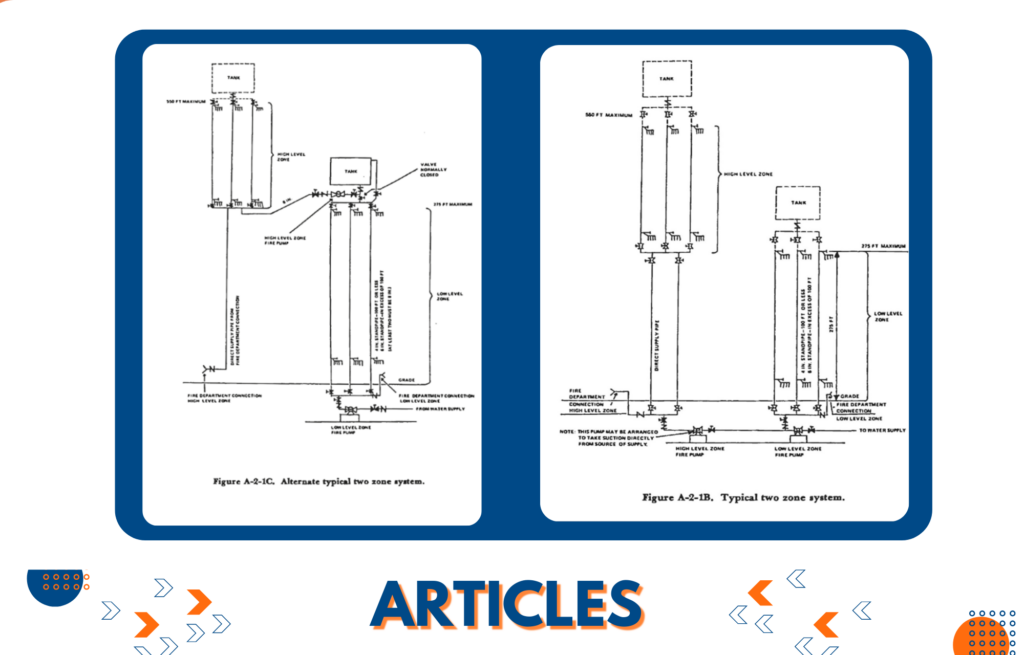
2024 NFPA 14 Standard for the Installation of Standpipe and Hose Systems
In 2019, the NFPA 14 technical committee established two task groups to analyse pressure and zones and submit recommendations for the first draft of the 2024 edition of NFPA 14.
This is where we see significant changes in the overall concept of NFPA 14, separating the standard into three separate design concepts with the creation of general requirements for all standpipes, requirements for high-rise buildings, and redundancy requirements triggered by the zone being “above the level of fire department pump capability”.
NFPA 14 – Standard for the Installation of Standpipe and Hose System (2024)
The 2024 edition of the standard now includes separate parts for zones up to the level of fire department pumping capability and those above it. Separating the requirements and establishing prescriptive standards, including “above the level,” as a clear indicator of when full redundancy is necessary in the construction of standpipe zones.
Chapter 10: Design, Section 10.5, Vertical Standpipe System Zones
Section 10.5.1—General
Please provide one or more of the following general requirements:
- A connection to a fire department main or municipal supply
- A separate pump.
- A distinct discharge outlet from a multistage, multiport fire pump.
- Water storage tank(s).
Section 10.5.2* Zones Up to the Fire Department Pumping Capabilities.
This section states that “zones up to” do not have to meet the redundancy criteria unless a common pipe is utilised to feed upper zones, and it includes the vertically staged fire pump suction supply specifications.
Section 10.5.3*: Zones over the fire department’s pumping capacity
This section sets the trigger for full redundancy and specifies the minimum requirements for auxiliary water supplies in each zone.
- Backup fire pump
- water supply tank
This section also includes the requirements for the following:
- Vertically staged fire pump suction supply
- feed mains
- express risers –
- General requirements
- Dedicated Express Risers
- Two or more Express Risers
Standpipe Annex Figures
There are also thirty-two (32) new annexe figures, denoted by the asterisk (*) in Sections 10.5.2 and 10.5.3, which replace two outdated figures from previous editions and provide advice on appropriate designs.
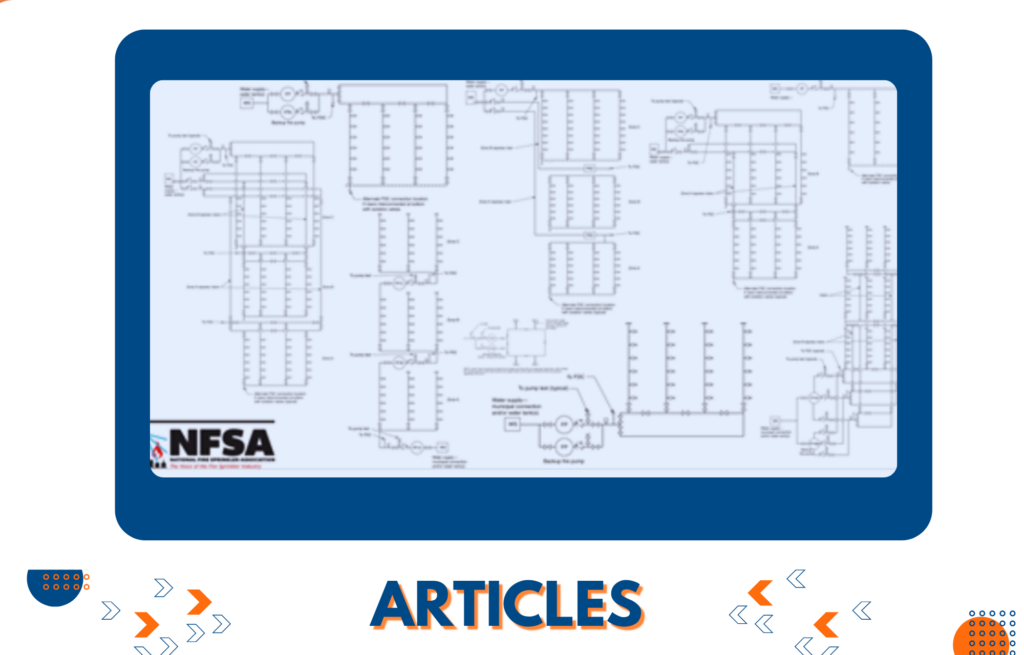 Many definitions were also added or updated within the standard to clarify existing terminology related to both pressure and zones.
Many definitions were also added or updated within the standard to clarify existing terminology related to both pressure and zones.
System working pressure is one of the places that has been specifically altered for clarity. This concept was first included in the 2016 version; however, it excluded fire department connections (FDC). The 2019 edition sought to correct the language by including FDC pressure, which caused additional misunderstanding. System working pressure was amended once again in the 2024 edition as part of the task group’s efforts to clarify the word, and it added the FDC’s design/demand pressure.
System Working Pressure refers to the maximum static or flowing pressure applied to standpipe system components, excluding surge pressures and including the design/demand pressure from the fire department connection.
The definition of Very Tall is taken from the NFPA 20 Standard for the Installation of Stationary Pumps for Fire Protection, and the newly added term Automatic Breach Control Valve (ABCV) is defined for the first time, along with several others that were discovered during the task groups’ work on pressure and zones.
- Express Risers
- Multistage Multiport Pump
- Pump Suction Supply Riser
- Standpipe
- Vertical Standpipe System Zone
- Vertically Staged Fire Pump
Summary
All things considered, the 2024 NFPA 14 edition represents a major advancement in the vertical standpipe system zone design and application. The standard improves fire safety in high-rise structures by precisely defining criteria for zones both inside and outside the fire department pumping capacity and by offering thorough direction through new annexed figures and defined definitions. Reflecting a dedication to strong, dependable fire protection systems, the focus on redundancy—especially for areas above the reach of the fire department—and the improved definition of system working pressure Driven by knowledge gained and technological developments, this progression guarantees that contemporary high-rises are more suited to safeguard lives and property in case of a fire.
Technote Courtesy:Terin Hopkins, NFSA’s Manager of Public Fire Protection

